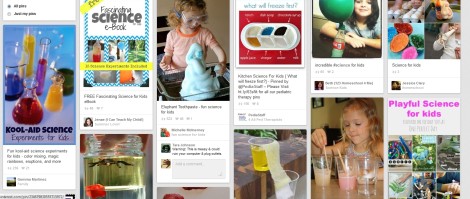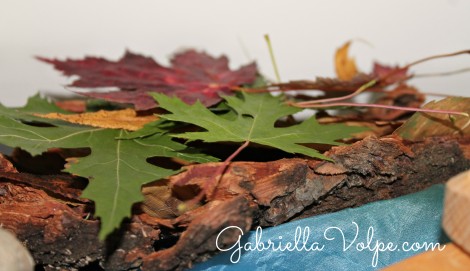This article is part of the 31 Days of Pinterest Hacks series. Find the main page for this series here.
Science is probably one of the subjects where “hands-on” is exemplified the most. Since science studies our physical and natural world, it becomes a subject a child can really enjoy.
However, a neurodivergent or disabled child may not have the words to raise questions about their world. They also might find some scientific experiments difficult to tackle due to fine motor delays or sensory aversions. Does that mean that science is to be omitted? This article shows how to start with science with a neurodivergent or disabled child.

Working with scientific tools and materials may be challenging for a neurodivergent or disabled child.
Why science may be a challenge for neurodivergent or disabled children
- Comprehend scientific facts may be a challenge for some children.
- Children with sensory aversions may not want to engage in experiments requiring them to touch various materials.
- Children requiring fine motor support may have difficulty manipulating scientific tools.
- Some items explored may be a danger to children who still mouth objects.
A word about cognitive development and science
As much as you’ll be inspired by what you find on Pinterest (or elsewhere, for that matter), don’t go beyond a child’s developmental level. Remember that, according to Jean Piaget, non-disabled children are considered to be self-centred up until age 7. It may take some children past age 7 to begin reasoning in logical ways. Work on a variation of the tips below to make significant gains over time.
Suggestions for adaptations/modifications for science
- Observe. The most natural place to begin is in nature. Get outdoors and talk about what you see, hear, or feel. Describe the changes in seasons using signs (COLD, HOT, SNOW) or other communication systems the child uses. Listen to the birds and imitate them. Extend observations to the physical world. Look closely at fruits and vegetables as you prepare a meal. Compare them. Watch how an egg goes from (somewhat) liquid to a solid while making scrambled eggs. Exclaim with excitement when flicking the lights on and off. Observe and talk about everything in the child’s world.
- Collect. I like to carry a fabric bag on our outings so that we can collect things we find that we want to bring home. Look for stones, sticks, leaves, bark, etc. Then, create a nature table. Be sure that the items you collect are large and safe for the child. Display the nature table at a height that is safe for them. You might even consider starting a collection of one type of thing in many variations. Does the child show a particular fascination with a specific kind of object? Caps? Cars? Dolls? Stickers? Stamps? Balls? Rather than ignoring the interest, start a collection with the child. Display them in a prominent place in the home so that others can ask about them. Collections help build pride but also help with sensory discrimination.

Leaves and bark from our nature outing. This bark belongs to a Willow tree that cracked in two after a violent summer storm. The city workers cut it down and left the huge stump there. We found pieces of bark of all shapes and sizes as we walked past it. The woodsy scent was vivid since the bark was still wet from the rainstorm.
- Experiment. Both the kitchen and the bathroom offer places for exploration with science. Cooking is chemistry, and bath-play is physics. Let the child observe as you prepare meals, and have them participate in the kitchen. If the bath is not possible for play, then fill up a little tub with water (cover the floor with a plastic table cloth and have towels handy) and explore floating/sinking, ice cubes, snow, pouring, droplets of food coloring, etc. Always supervise a child with water-play.

I had my little guy play with water in a tub from when he was little. It was mostly a learning experience with grabbing the duckies as they tried to swim away (fine motor activity), but he also watched them float (science) and explored the texture of the water (a sensory experience).
- Record. Even if the child doesn’t read or write yet, keep track of things on a large chart paper with graphs and charts using real objects or drawings. E.g., Graph by pasting leaves collected on a daily outing by color. Place it in a prominent location so you can refer to it often—counting them, labelling the colors, etc. This is the first step to recording scientific data!
What types of activities do you set up for science exploration?
Resources
- Green Craft Kids – (Affiliate link) Subscription boxes empowering the next generation of environmental leaders using creative, nature-based STEM activities
- Think Outside – (Affiliate link) Educational subscription boxes to take your learning outside
- Subscription Box Kids – (Affiliate link) Kid subscription boxes to inspire a love of reading, math, science, and more!
Depending on the child’s developmental level, they may be ready for science activities beyond these. I can help you prepare a personalized science program! See my one-on-one consultations for parents and educators.

0 Comments